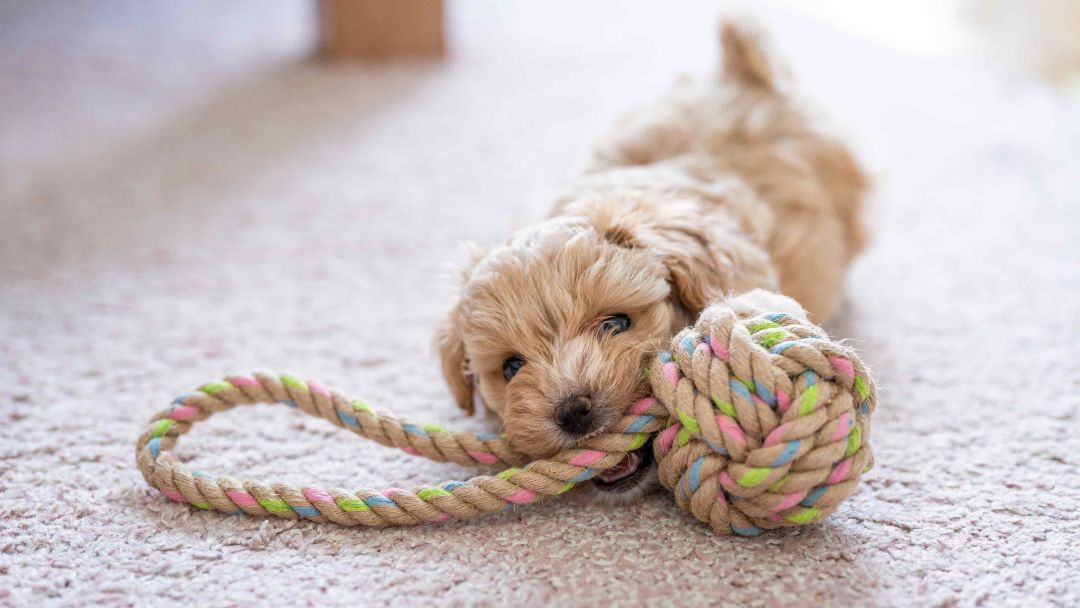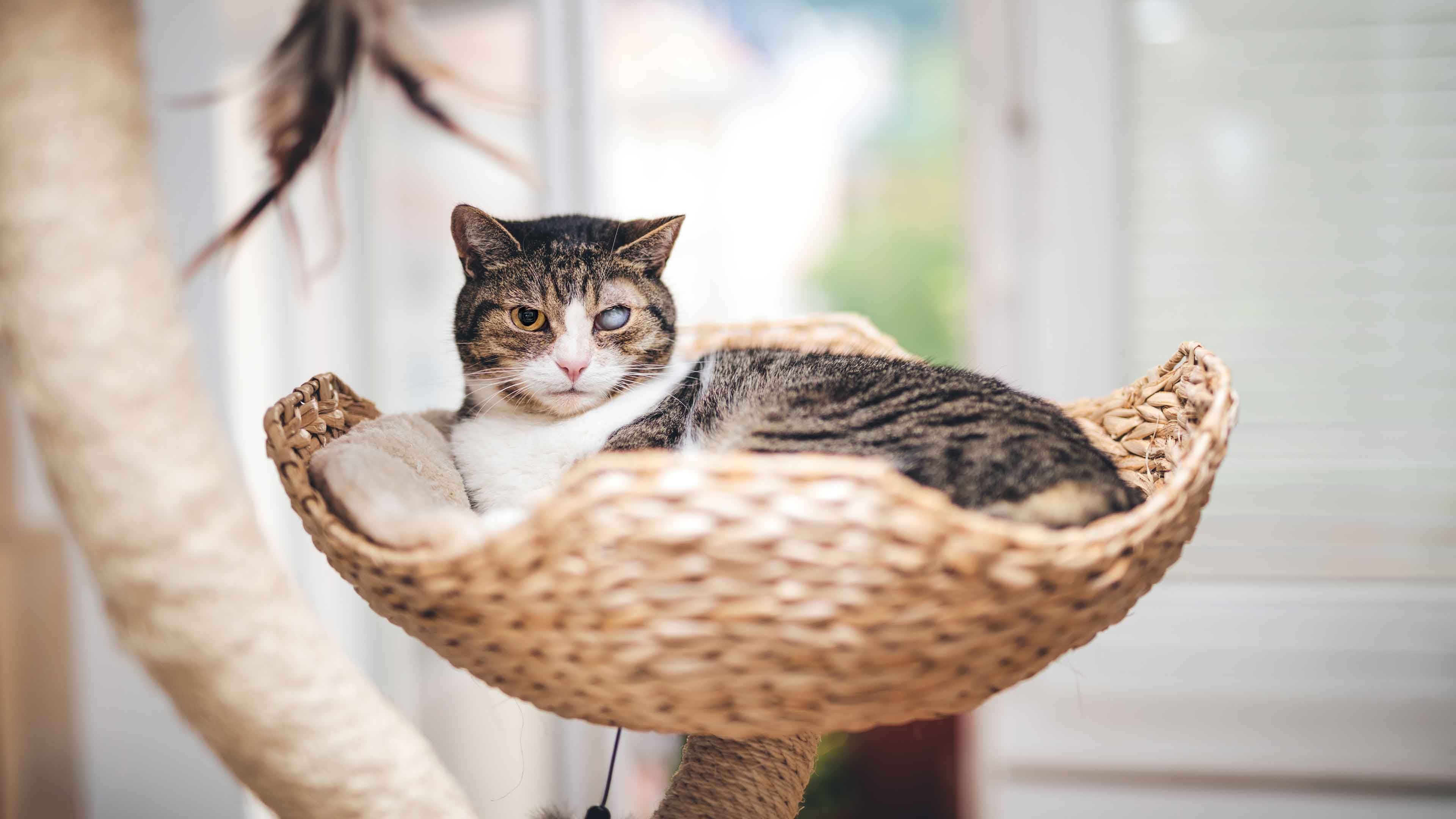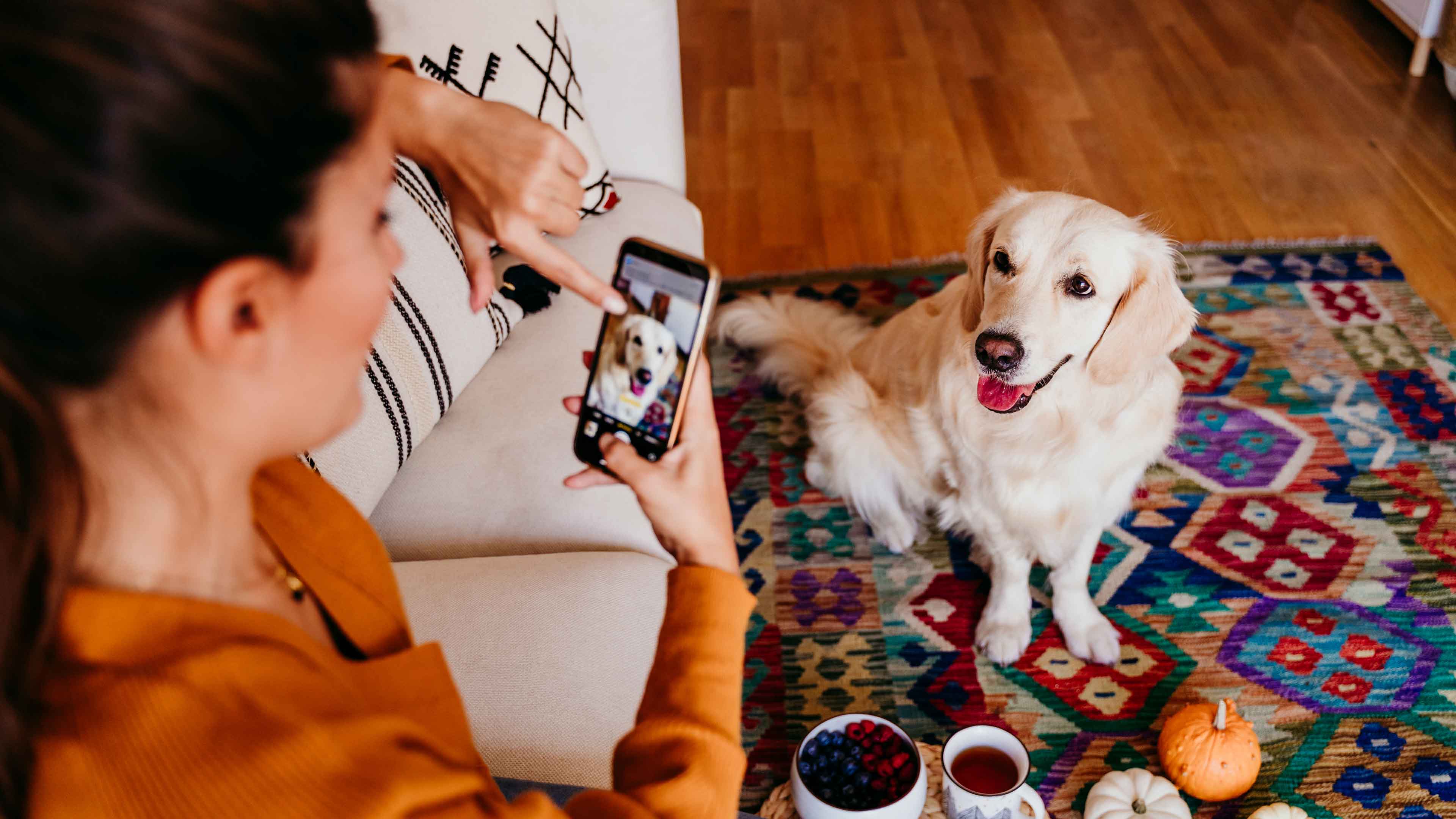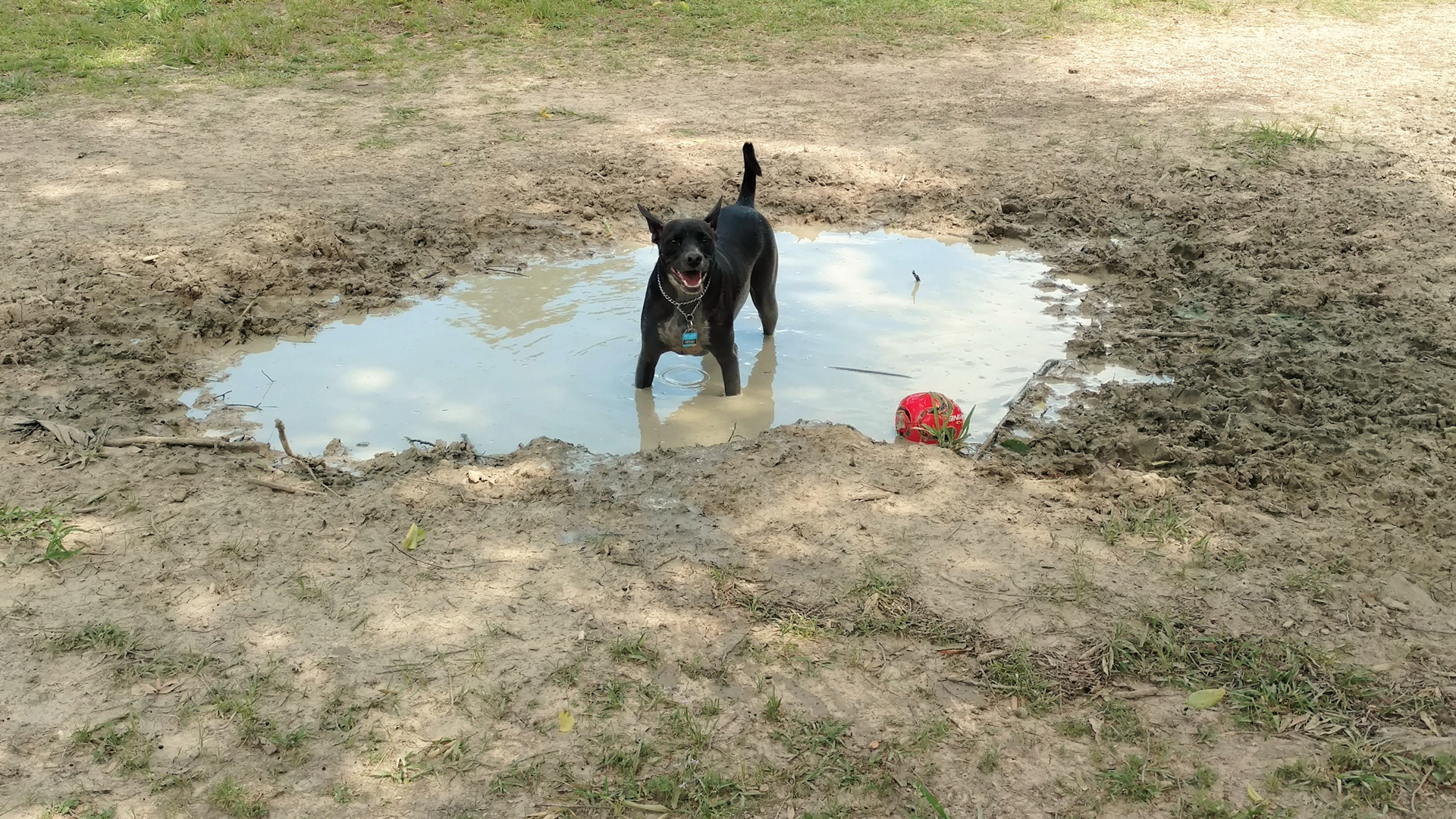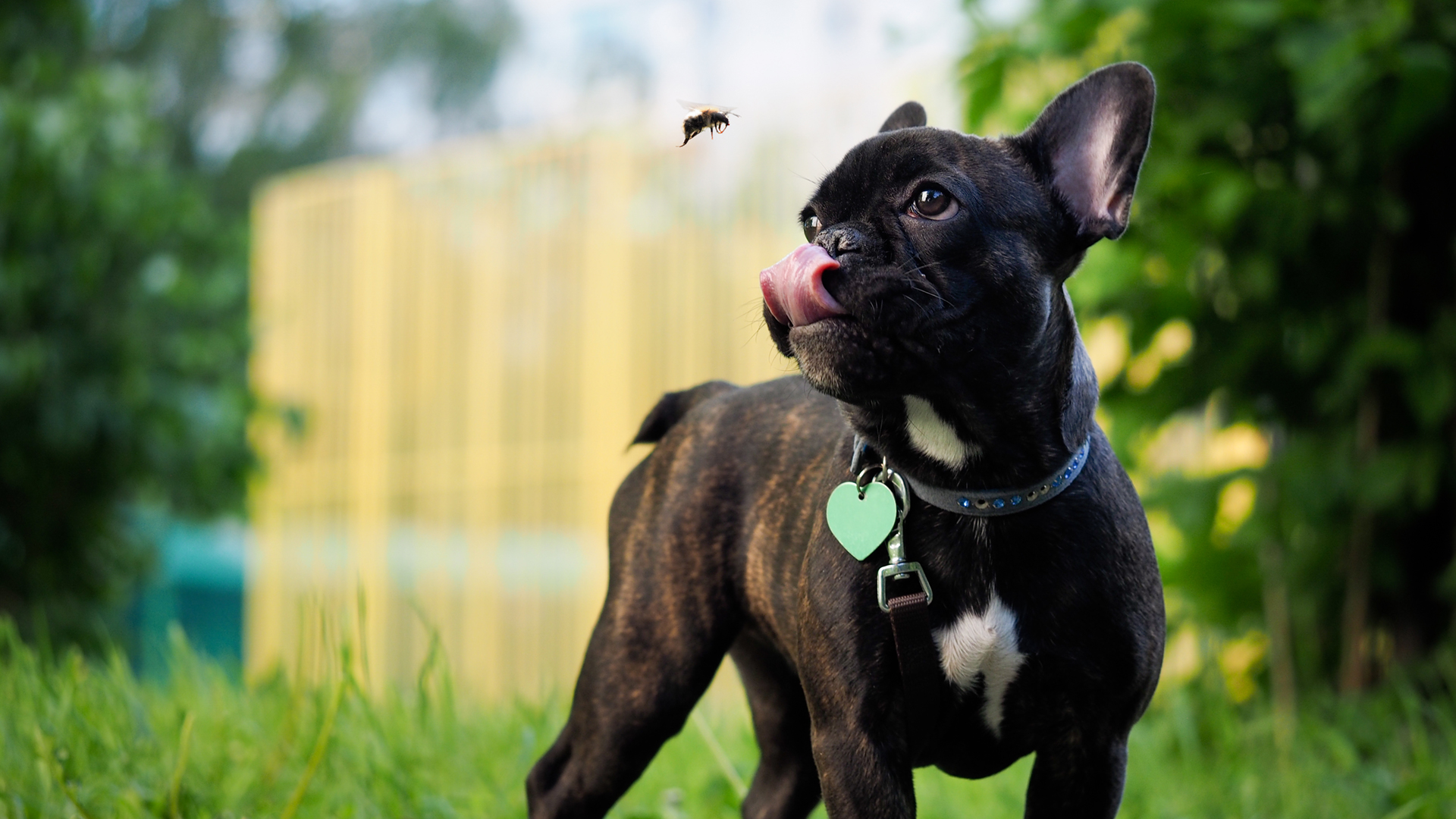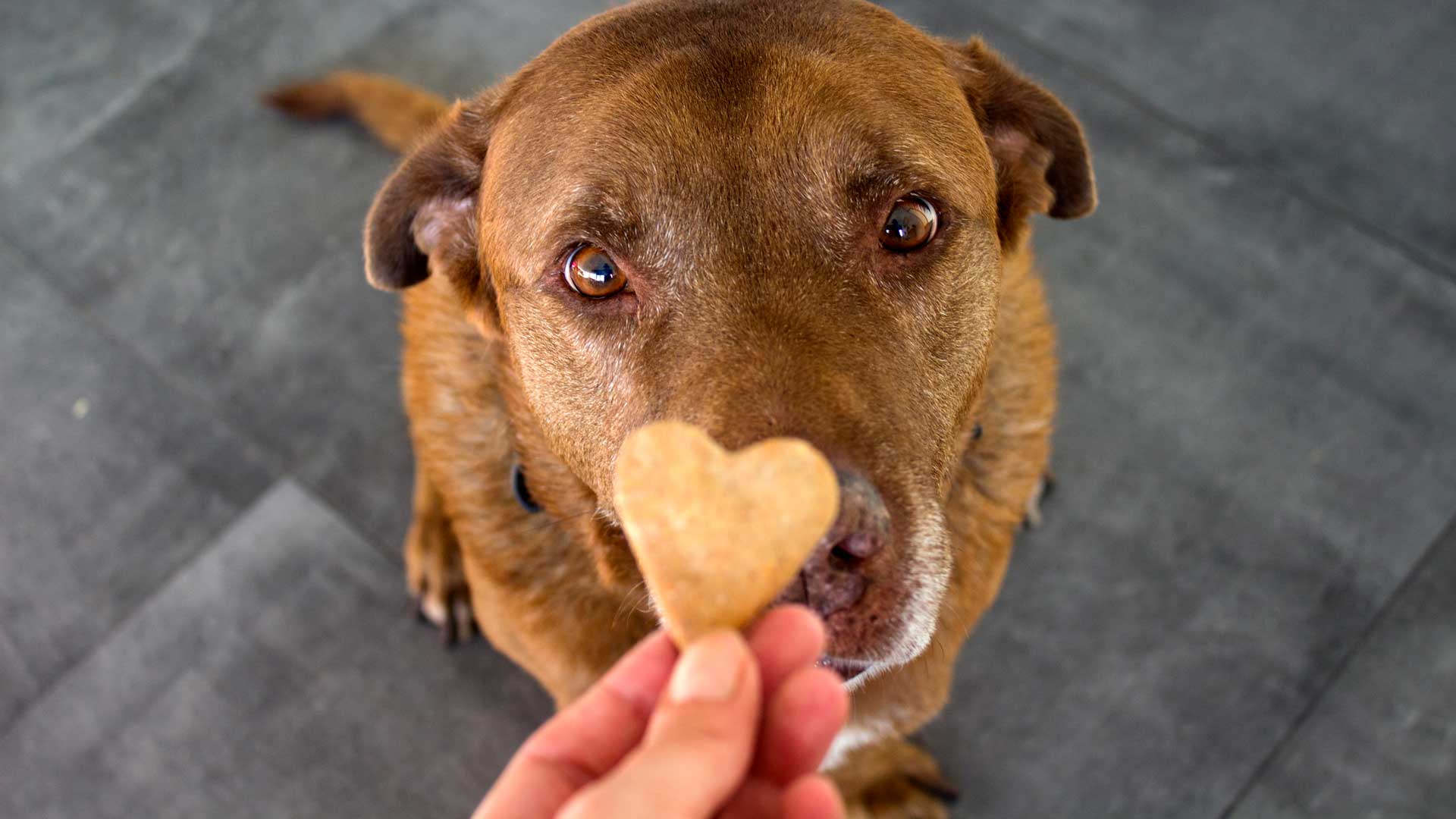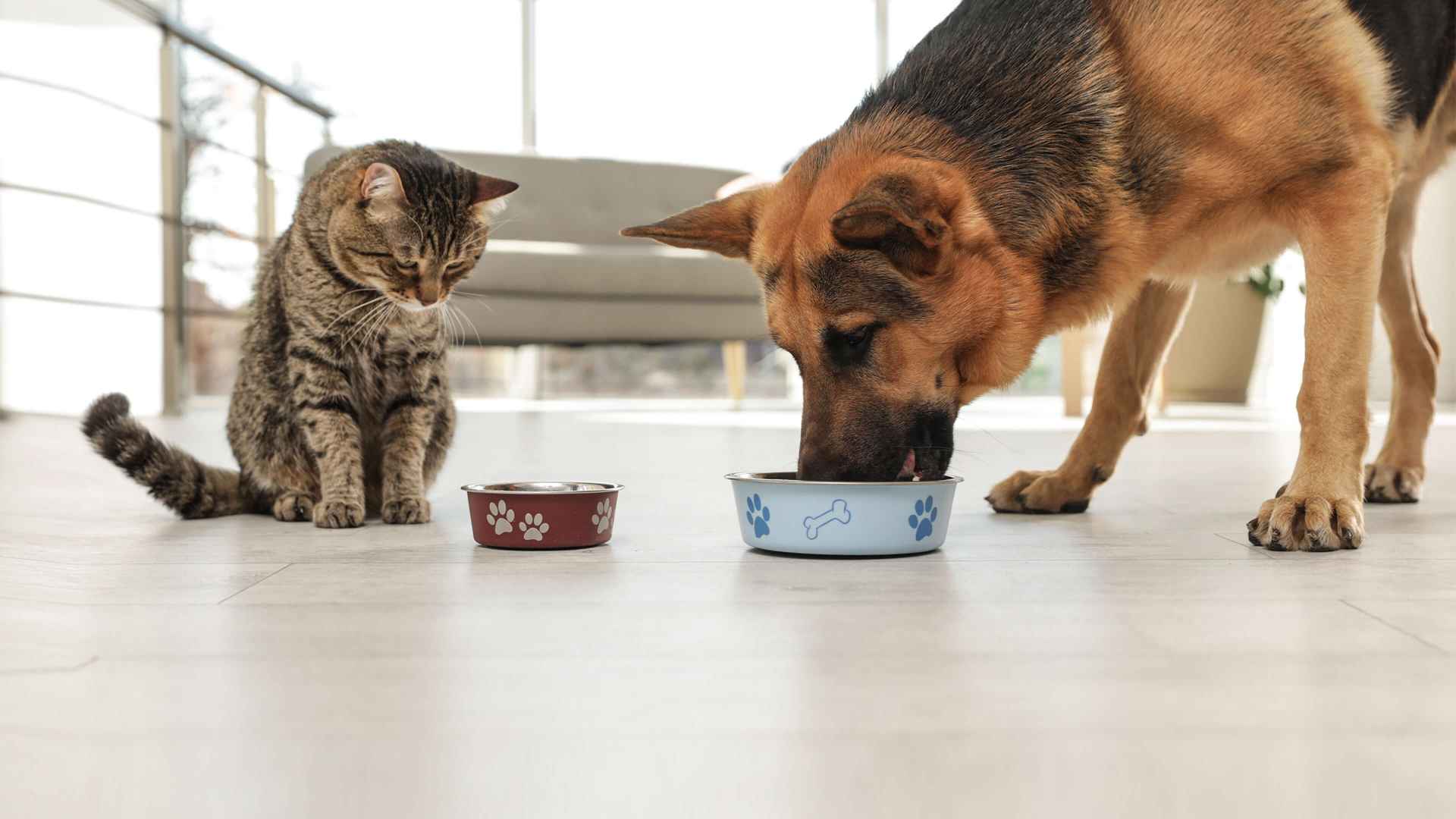tips for new puppy owners
Last month, we shared lessons on the importance of vaccinations, neutering/spaying, dental care, and puppy-specific diets. In this month’s puppy class, we’re going over how to prepare for and understand your new little addition to the fam. We’ll give you the tips you need to handle separation anxiety, how to introduce your pup to the rest of the family, and more.
After you finish your pup lesson, scroll down the page and take our pup quiz!
Prepping for your new puppy
Bringing home a new puppy is no small feat (or small paw)! They are 24/7 bundles of energy that need regular attention and care. If you’ve got a little furry one heading home, we’ve got some helpful do’s and don’ts to help make the process as seamless (and destruction-less) as possible.Do’s
• Introduce your puppy to their new family members one person and pet at a time
• Start by introducing your puppy to one small, controlled area of the house to avoid confusion, then introduce them to the rest of the house little by little
• Choose an area without carpeting and as little clutter and chewable objects as possible
• Praise good behavior (with treats, of course) and stick to your rules
• Make sure your pup has access to fresh water and the outdoors so they can relieve themselves
• Control your pup’s access to food and treats — overeating is very common with puppies and they work hard to get as much as they can
Don’ts
• Don’t invite friends or neighbors over to meet your new cutie on their first day in their new home
• Don’t let your pup rendezvous with dogs outside your home until your vet says they’re ready
• Don’t skip the vet — it’s very important to make a trip to your vet during the first few days after your puppy has settled in
Get more helpful tips on your puppy’s first day, week, and month at their new home here.
How to deal with separation anxiety
Leaving your sweet new pup can be difficult for both you and your pet, but the reality is, you can’t stay inside your house forever. Sometimes you need to go out into the world and leave your little cutie behind.Here are some signs of separation anxiety to keep an eye out for:
• Howling
• Barking
• Whining
• Trying to escape
• Pacing
• Chewing on things
• Excessive drooling
• Indoor accidents
While there’s no cure-all for separation anxiety, there are ways you can support your pet. Start by exercising your puppy before you leave the house, and try making your comings and goings as chill as possible. You can also leave out clothes you’ve recently worn so your fuzzball can be comforted by your smell. Whatever you do, don’t punish your pet for any destruction they may cause while you’re away. Not only does it usually not work, it can also cause fear and confusion.
Understanding puppy behavior
If only puppies could tell us what they want and need! But alas…we’re left with interpreting their whines, cries, and head tilts. Fortunately, we’ve learned a thing or two over the years to help you better understand what your pup is trying to tell you. Head over to our Puppy Behavior and Training page to learn about stopping bad behaviors and encouraging good ones, tips for potty training and crate training, and more.Do you know your puppy 101?
1. What’s the best way to introduce my pup to the rest of their new home?a. One room at a time
b. Let them roam free
c. Backyard first
2. How can I help reduce my puppy’s separation anxiety?
a. Be sure they’ve had playtime that day
b. Do a little dance on your way out
c. Punish them for damage done while you were gone
d. NEVER leave the house
3. I should tell my vet if my pup is being aggressive. True or false?
Answers:
1. A. One room at a time. Puppies can be easily overstimulated, so when introducing them to their new environment, it’s best to take baby steps.
2. A. Be sure they’ve had playtime that day. A tired pup is a relaxed pup, so giving them regular playtime and enrichment can make sure they expend their energy and stimulate their brains!
3. True! Snappy reactions can be caused by underlying health conditions or it might just be normal teething. Talk to your veterinary team ASAP so we can help you get to the bottom of them!
 Mites and mange
Mites and mange Podcast - Not Just Fluff
Podcast - Not Just Fluff
